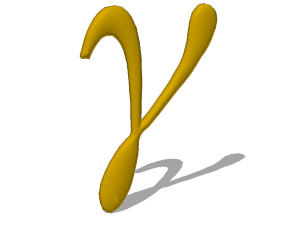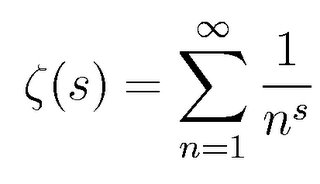Lara, Gamma, and the Zeta Function



I ran across the wonderful mathematics book Gamma by Julian Havil last year while studying the Riemann Hypothesis. The book is packed with beautiful mathematics. (As an aside, it contains in one of its appendices an amazing 23 page summary of the elements of Complex Variable Theory.)
Here is what it says on the book jacket.
Among the myriad of constants that appear in mathematics, pi, e, and i are the most familiar. Following closely behind is gamma, a constant that arises in many mathematical areas yet maintains a profound sense of mystery.
In a tantalizing blend of history and mathematics, Julian Havil takes the reader on a journey through logarithms and the harmonic series, the two defining elements of gamma, toward the first account gamma’s place in mathematics.
Introduced by the Swiss mathematician Leonhard Euler (1707-1783), who figures prominently in this book, gamma is defined as the limit of the sum of 1 + 1/2 + 1/3 + … + 1/n – ln n, the numerical value being 0.5772156… But unlike its more celebrated colleagues pi and e, the exact nature of gamma remains a mystery—we don’t even know if it can be expressed as a fraction.
Among the numerous topics that arise during this historical odyssey into fundamental mathematical ideas are the Prime Number Theorem and the most important open problem in mathematics today—the Riemann Hypothesis (though no proof of either is offered!)
Sure to be popular with not only students and instructors but all math aficionados, Gamma takes us through countries, centuries, lives, and works, unfolding along the way the stories of some remarkable mathematics from some remarkable mathematicians.
I lift the following quotation from the book.
We may—paraphrasing the famous sentence of George Orwell—say that ‘all mathematics is beautiful, yet some is more beautiful than the other’. But the most beautiful in all mathematics is the Zeta function. There no doubt about it.
Krzysztof Maslanka
Mathematics, like Lara in Dr. Zhivago, does not willfully seduce. The beauty of mathematics seduces as it is Lara’s beauty that seduces.

1 Comments:
Wow. From logarithms to Lara. From sonnets to summations. You're a Renaissance Man by any measure.
I've often felt that if there is "proof" of God, it's in the awesome order and structure of mathmatics, not in fossils and the fantasies.
--------
PS. I know Dickinson's poems aren't sonnets, but I was going for the cheap alliteration. :)
Post a Comment
<< Home